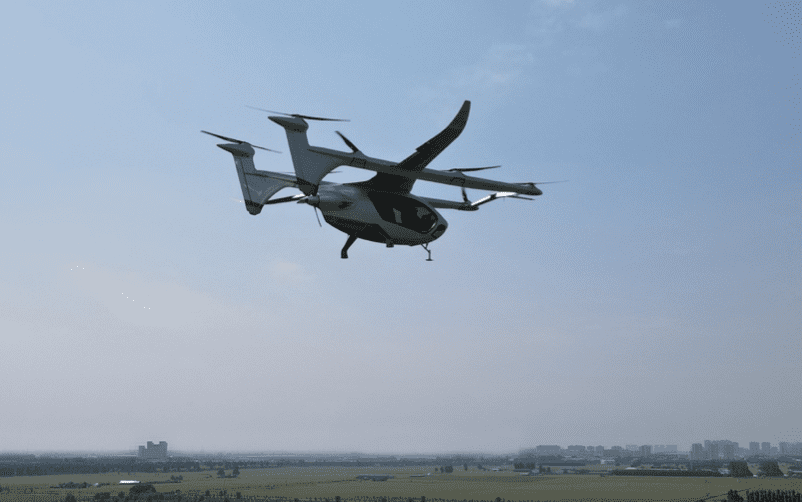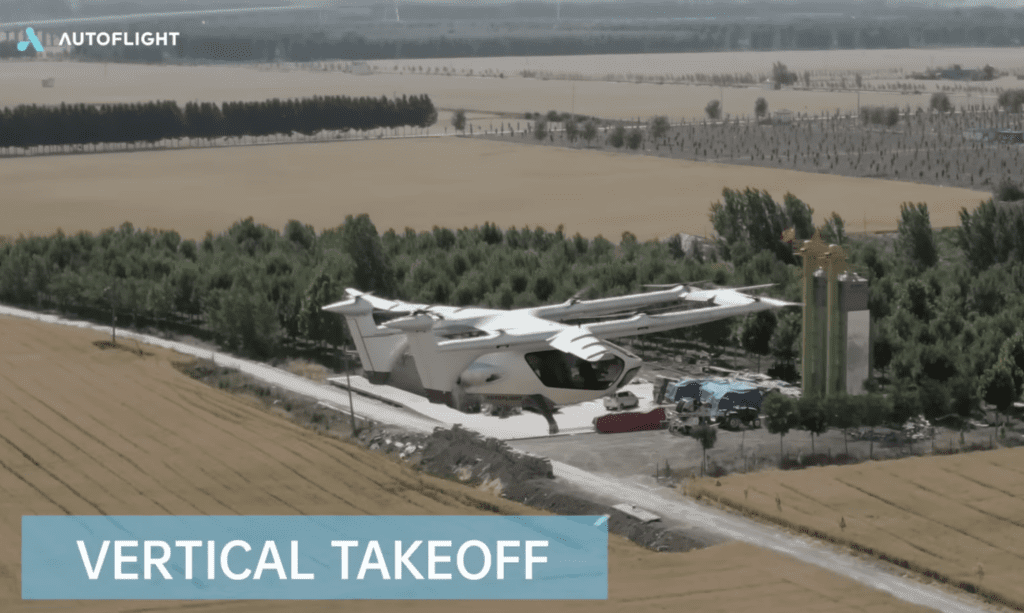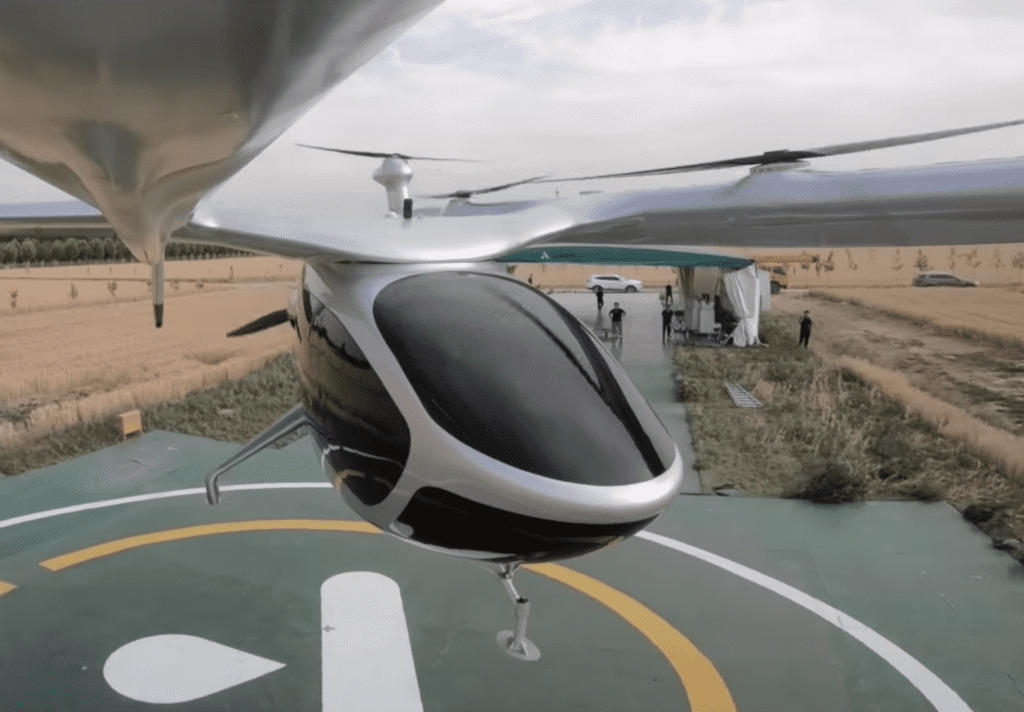AutoFlight Releases Test Flight Footage of Its Second Proof-of-Concept eVTOL


In newly released video footage, AutoFlight demonstrates a successful transition test flight of its second proof-of-concept eVTOL aircraft. (Photo, courtesy of AutoFlight)
The company AutoFlight, electric vertical take-off and landing (eVTOL) aircraft developer, released a new video of its Prosperity I vehicle’s full-scale, proof-of-concept test flight last week. Mark Henning, Managing Director of AutoFlight Europe, told Avionics International in an interview that its aircraft have completed more than 200 tests, and the configuration of Prosperity I will be finalized by the end of this year.
“The most important design goal for Prosperity 1 is a very low total cost of ownership,” said Henning. He sees this as one of the key competitive advantages of AutoFlight’s aircraft. All of the components that they procure must be cost-effective, he added. This advantage is also somewhat of a challenge when it comes to deciding what to develop and build in-house at AutoFlight, and what components should be purchased from suppliers. With so many parts, including ten motors on the aircraft—eight for lifting vertically and two for propelling the aircraft forward—it makes a difference if a component costs €10,000 or €20,000, Henning explained.
The Prosperity I has a 200km range, a 180km/hour cruise speed, and the capacity to carry three passengers in addition to a pilot. Their “lift and cruise” configuration is designed to be mechanically simple, “which is important for flight safety, weight, and production cost,” Henning noted. “It’s very low-cost for maintenance—virtually no gears or mechanical components.” In the transition phase, the propellers for vertical lift are switched off and the aircraft enters fixed-wing flight mode.

The proof-of-concept aircraft performs vertical take-off in the above photo, taken from the video footage of the eVTOL’s transition test flight. (Photo courtesy of AutoFlight)
In Shanghai, AutoFlight has a facility for rapid prototyping where they built and flew a proof-of concept (POC) aircraft at the end of 2021. The successful transition test flight of POC #1 was announced in February, making AutoFlight one of the first eVTOL developers to complete a transition flight. Their POC #2 is the model featured in the announcement last week, and the aircraft can be seen completing a full test flight in the accompanying video footage. According to AutoFlight, the updated model includes upgraded lift and cruise configuration, optimized lifting propellers, and enhanced efficiency in hover and cruising modes.
Although the video of AutoFlight’s POC #2 transition test flight was just released last week, the team has performed at least 30 successful flight transitions in the last several weeks. Production of the POC #2 began in January. At that time, AutoFlight also announced the establishment of its first location in Europe. Henning, formerly a manager at Airbus, leads a team at Autoflight’s R&D and certification center in Augsburg, Germany.
“We are now testing a single propeller configuration versus a twin pusher propeller,” Henning shared. “It’s more efficient, lower in weight, and it’s less noisy.”
He noted that their POC aircraft are all built in full-scale configurations for flight testing “because the aerodynamics and loads are not linear. You cannot extrapolate from what you are testing [at subscale] because it’s nonlinear.”

“We are trying to solve society’s transportation problems, and the first markets pushing for AAM/UAM solutions are going to be mega cities,” said Mark Henning, Managing Director of AutoFlight Europe, in discussing where they plan to launch the Prosperity I eVTOL aircraft. (Photo courtesy of AutoFlight)
Once the design configuration is finalized, AutoFlight’s team will apply for type certification with the European Union Aviation Safety Agency (EASA). Says Henning, “The plan is to finish certification at the end of 2025, to field the first aircraft with customers in 2026.” For certification testing, the team will build multiple conforming aircraft prototypes.
AutoFlight’s eVTOL aircraft has a full authority fly-by-wire avionics and flight control system. “These kinds of aircraft have peculiar control laws which have to be implemented and developed ourselves,” Henning explained. They have used both proof-of-concept aircraft to develop the control laws, he continued, that have to be implemented in the flight control system. This is something that all eVTOL developers must complete, he noted, and none have yet certified this kind of system with either EASA or the FAA.
Check out the video featuring the test flight of AutoFlight’s second proof-of-concept eVTOL aircraft below:
The post AutoFlight Releases Test Flight Footage of Its Second Proof-of-Concept eVTOL appeared first on Aviation Today.
—————
Boost Internet Speed–
Free Business Hosting–
Free Email Account–
Dropcatch–
Free Secure Email–
Secure Email–
Cheap VOIP Calls–
Free Hosting–
Boost Inflight Wifi–
Premium Domains–
Free Domains





